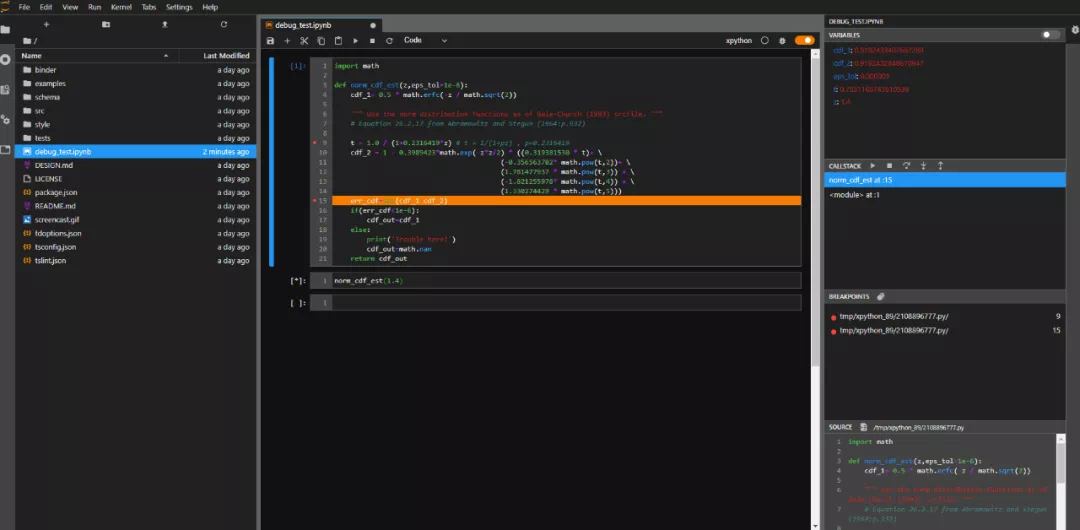
That can be selected in the notebook or JupyterLab interface. This means that if you work in Google Collab, you do not have to worry about. Your Jupyter installation, adding it to the list of available kernels Google Colab’s major differentiator from Jupyter Notebook is that it is cloud-based and Jupyter is not. For addedĬonvenience, it is possible to link your installation of SageMath into

You may already have a global installation of Jupyter. Setting up SageMath as a Jupyter kernel in an existing Jupyter notebook or JupyterLab installation # it should appear in the list, and should load the server and fire up your browser when you click on it.įor further reading you can have a look at the other documents in the Now hit the start button or key and type the name you gave it. “Sage 9.2 JupyterLab”Ĭhange Target to: ubuntu.exe run ~/sage_nb.sh To customize this shortcut, right-click on it and choose properties.Ĭhange the name to whatever you want, e.g. Right-click-drag the ubuntu.exe icon from the second window into the first, then choose Create shortcuts here from the context menu when you drop it. Open a separate window and go to %LOCALAPPDATA%\Microsoft\WindowsApps\

If you want the sage shortcut somewhere else (like your desktop), open that folder instead. This is the folder that contains you start menu shortcuts. JupyterLab enables you to work with documents and activities such as Jupyter notebooks, Python scripts, text editors, and terminals side by side in a tabbed.
#Jupyter vs jupyterlab windows#
Open Windows explorer, and type %APPDATA%\Microsoft\Windows\Start Menu\Programs in the address bar and press enter. This is a final nicety that lets you start the Jupyter or JupyterLab server in one click: The Jupyter(Lab) server should start in the terminal window, and you windows browser should open a page showing the Jupyter or JupyterLab starting page, at the directory you specified.


 0 kommentar(er)
0 kommentar(er)
